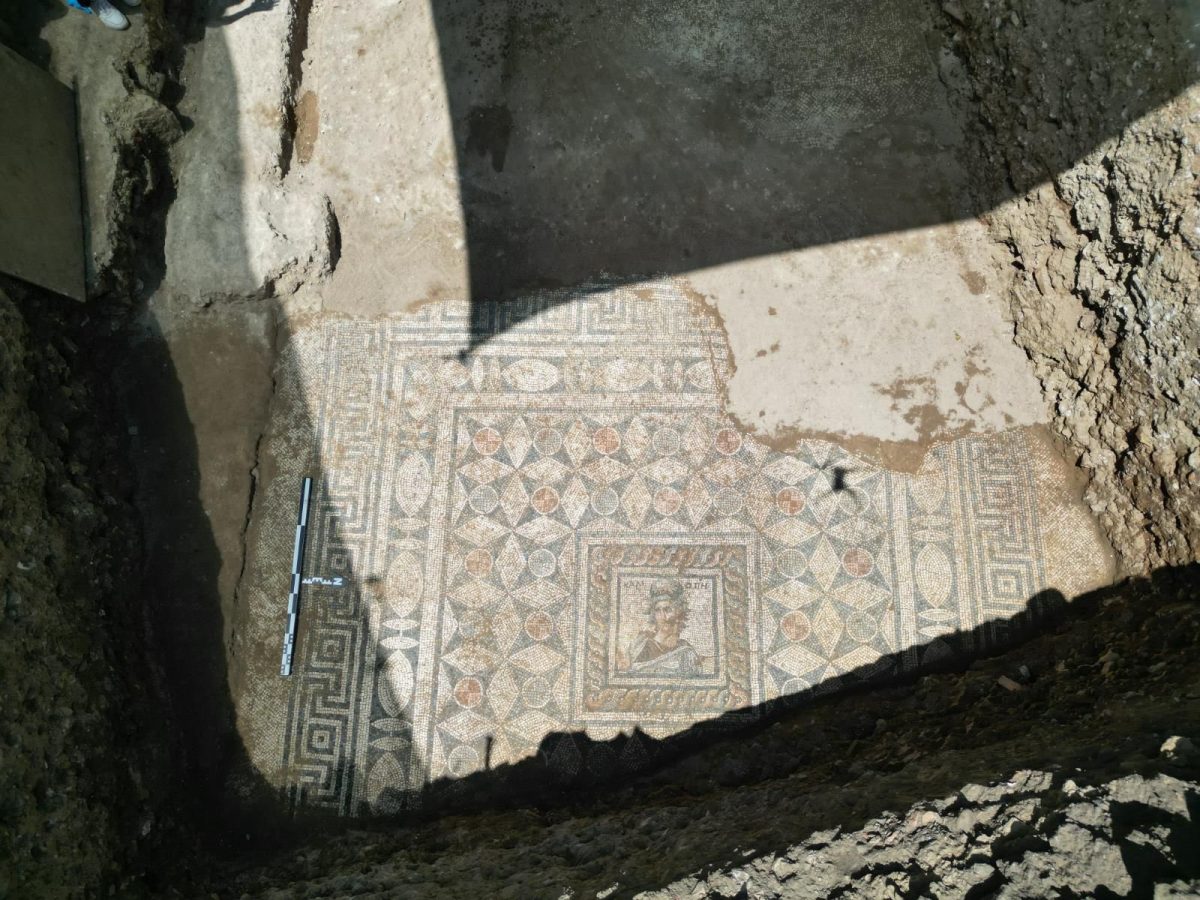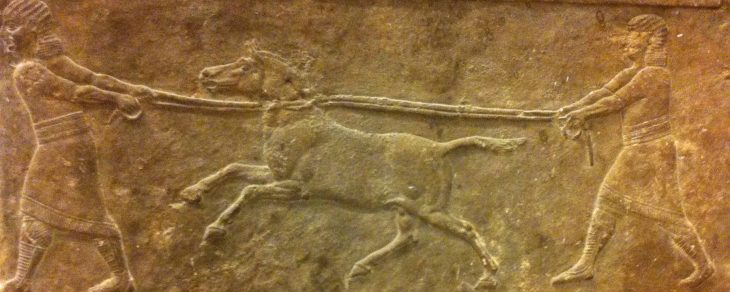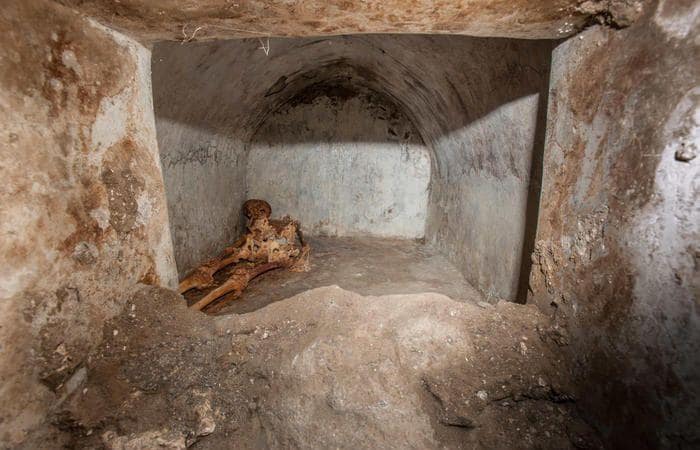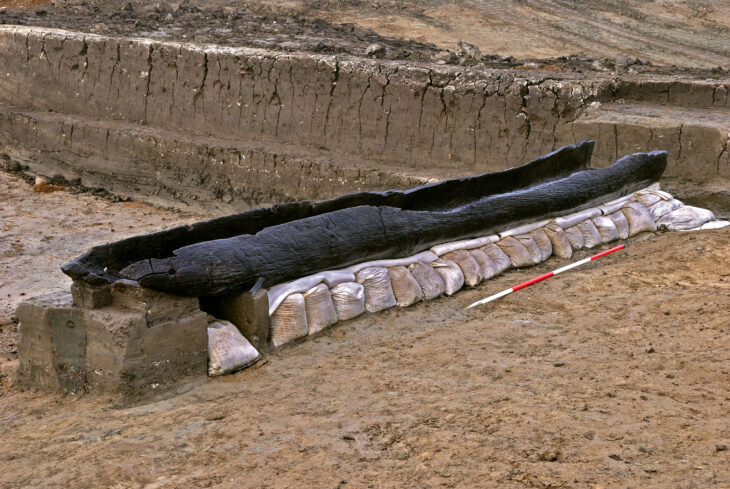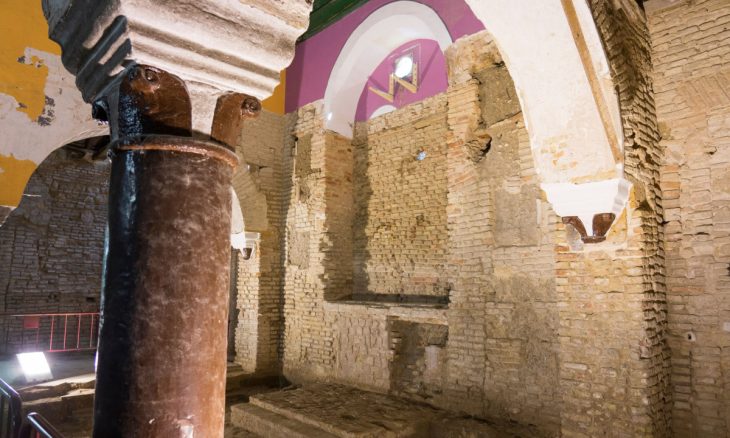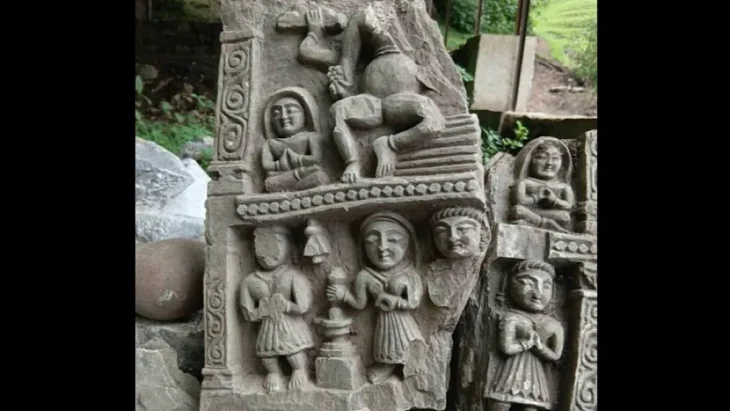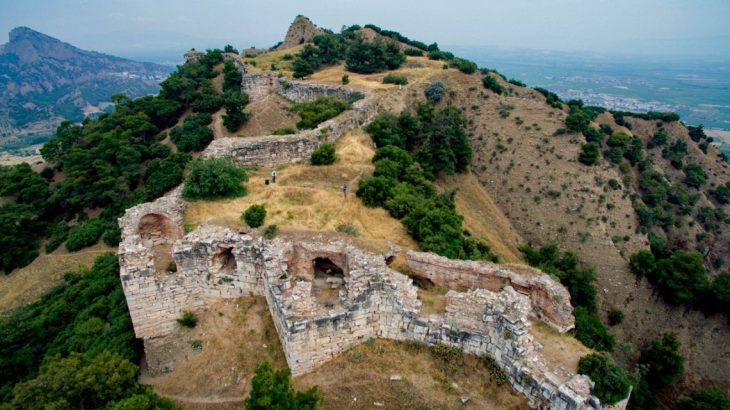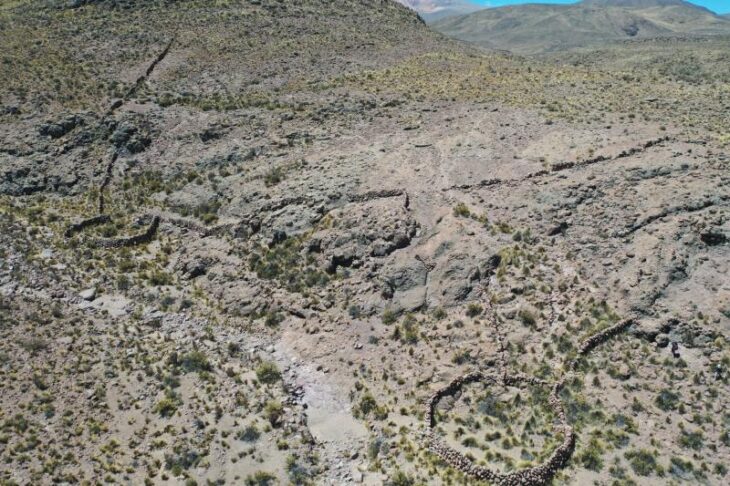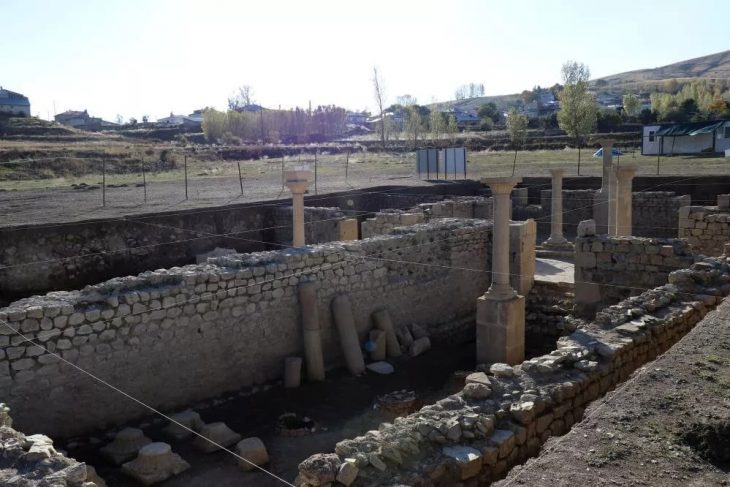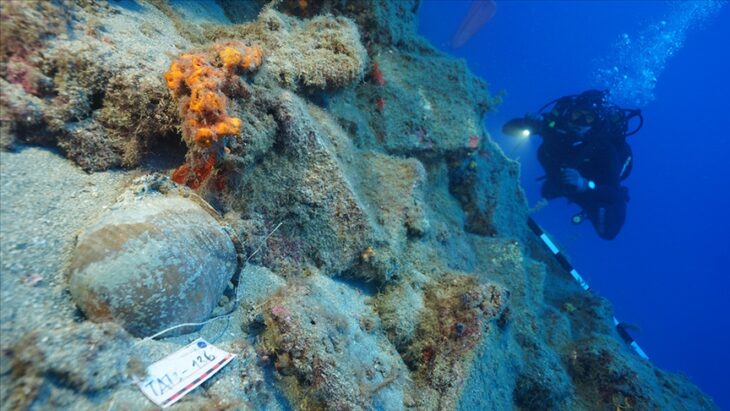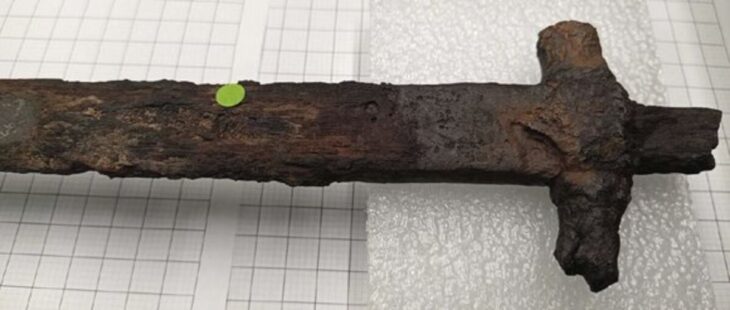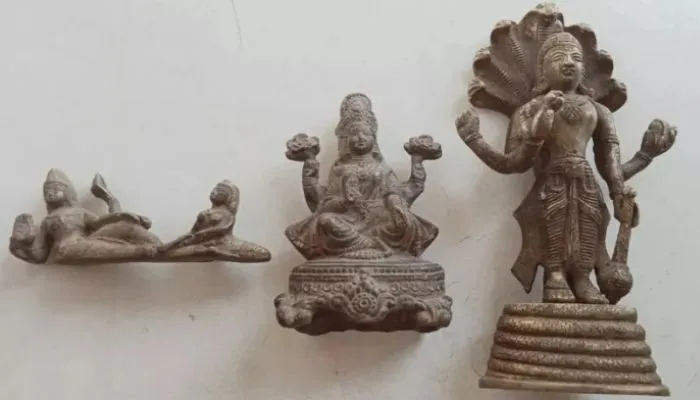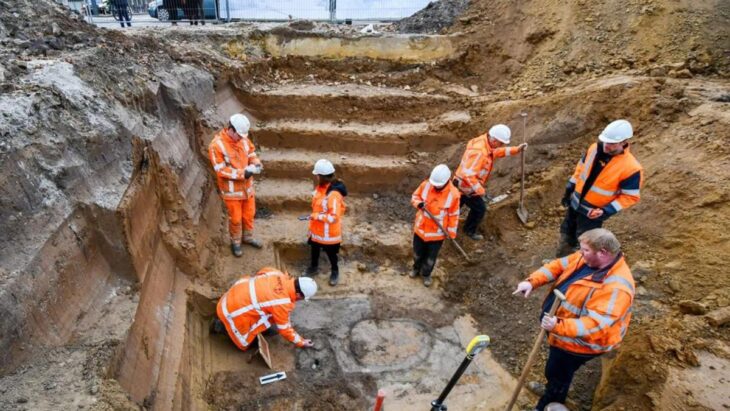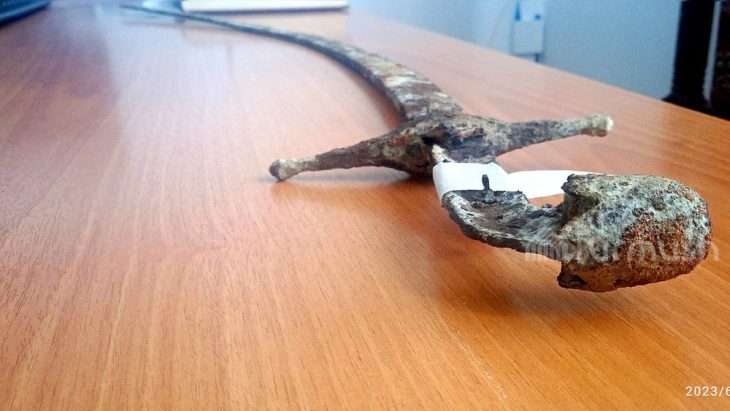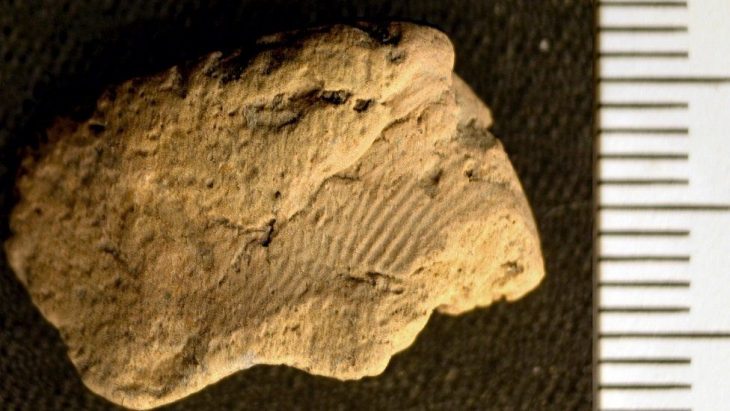During the excavations carried out in the ancient city of Side, a mosaic floor from the second century BC, depicting Kalliope, who inspired legends, was discovered.
The ancient city of Side is 80 km east of Antalya. It was built on a peninsula of about 400 square kilometers and was the most important port city of Pamphylia in ancient times. The name of the city which dates back to the 8th century BC is “pomegranate” in the language of the Luvians, one of the most ancient peoples of Anatolia.
Side, from the 7th century B.C., lived under the rules of Lydians, Persians, Hellenistic kingdoms, Romans, Seljuks, and Ottomans respectively. From the 12th century onwards, the people of the city left the city due to the plundering and attacks of neighboring kingdoms and they mostly migrated to Antalya.
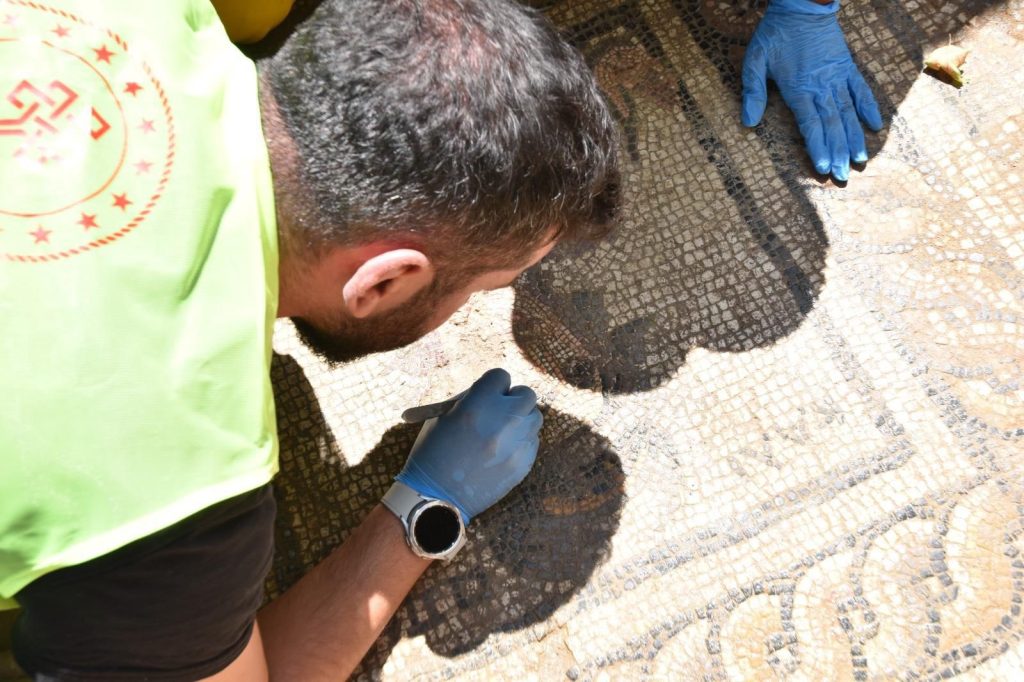
Even though archaeological excavations have been ongoing in the ancient city since the 1940s, there are still various historical artifacts lying underground.
Side, which did not have a masterplan because it was the first-degree ancient site, was converted to a 3rd-degree urban site in 2013 in order to meet the needs of the residents and prevent illegal construction, and a master plan was prepared for its conservation.
📣 Our WhatsApp channel is now LIVE! Stay up-to-date with the latest news and updates, just click here to follow us on WhatsApp and never miss a thing!!
In the Ancient Side Urban Design Project prepared by Manavgat Municipality by demolishing illegal buildings and annexes in Side, the buildings are being reconstructed in accordance with the historical texture.
In the recent works, a mosaic from the 2nd century BC depicting Calliope, the muse of Greek mythology, was found.
Kalliope or Calliope was the eldest of the Mousai (Muses), the goddesses of music, song, and dance. She was also the goddess of eloquence, who bestowed her gift on kings and princes. In the Classical era, when the Muses were assigned specific artistic spheres, Kalliope was named the Muse of Epic Poetry. In this guise she was portrayed holding a tablet and stylus or a scroll. In older art, she holds a lyre.
The discovery was announced on the social account of the Republic of Türkiye Ministry of Culture and Tourism.

